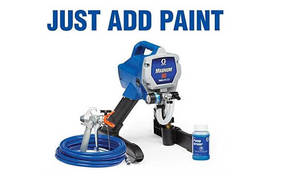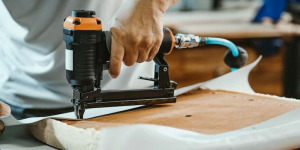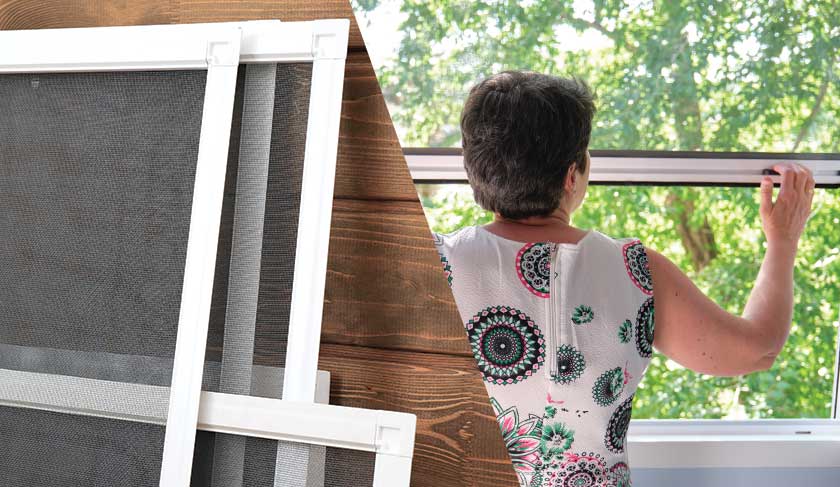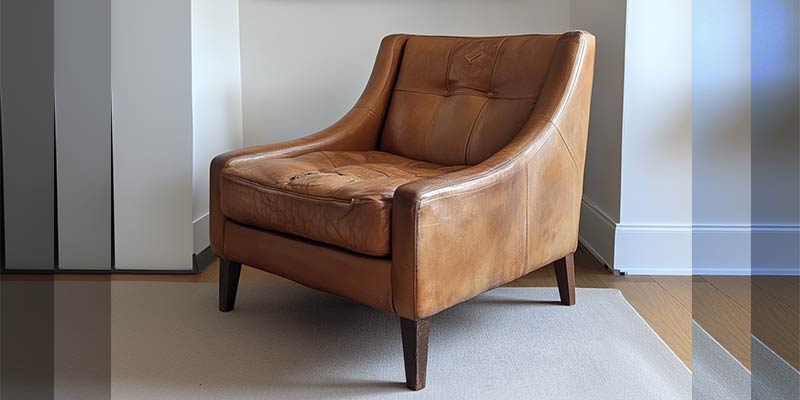
Unsure how to tackle the rip in your leather seat? Learn how to carry out repairs to leather upholstery on chairs, sofas and car seats yourself, with minimal cost and effort.
Leather upholstery adds a touch of elegance and luxury to any home or office interior. However, the upholstery leather itself, over time, may tear, scratch, or even crack. Fully replacing and reupholstering leather upholstery on chairs, sofas and other seating can be an overwhelming task for home DIY’ers. But a full replace and reupholster isn’t always necessary.
While repairing these three common forms of damage can be expensive if you take it to a professional, with a little guidance and the right tools, you can carry out repairs to leather upholstery seats and furniture yourself. In this guide, we’ll explain how you can save yourself some cash and fix your leather seats, using inexpensive leather upholstery repair kits.
These instructions are suitable for both leather home furniture and leather car seat repairs.
Before You Start Repairs to Leather Upholstery
Decide What Repairs to Leather Upholstery are Needed
Assess the Damage
Before you can begin any form of repair, it is important to make sure that you assess the damage to the leather upholstery. You may be choosing to start this project simply because you found a recent crack or tear. When you assess the overall damage, you can determine whether or not there are more tears, cracks, or scratches that you can repair at the same time.
Keep in mind that many forms of damage can be repaired without a professional, but some larger and more complex forms of damage may require you to seek the assistance of a professional repairman.
Identify Repairable Tears, Scratches, Cracks
Start by inspecting the leather upholstery for any forms of visible damage. Tears are fairly easy to see as they are cuts or rips in the actual leather. Scratches on the other hand may be a little more difficult to see simply because they are only visible on the surface and tend to disappear when you wipe down the leather. Cracks on the other hand are deep splits in the leather that are the result of exposure to the elements and a failure to properly maintain the moisture content of the leather.
Tools for Making Repairs to Leather Upholstery
To proceed with any form of repairs to leather upholstery, whether to your home furniture or even in your car, it is important to make sure that you gather all the necessary tools and materials.
- Leather Upholstery Repair Kit
- High-Quality Scissors
- Soft Cloth
- Fine Grit Sandpaper
- Leather Conditioner
- Color Matching Material If Needed
- Protective Gloves

Cleaning & Preparing Your Leather Upholstery
The key to ensuring that your DIY repairs to leather upholstery are successful, is to make sure that you properly clean the material and prepare the damaged areas first.
Before Commencing Repairs to Leather Upholstery
Vacuum
Start by vacuuming the chair, sofa or other furniture with a good quality vacuum cleaner. Don’t just vacuum around the immediate vicinity of the damaged spot, rather, make sure to remove any form of loose dirt or debris from the entire piece of furniture. It’s very easy for dirt or debris from cracks and folds to find its way into the repair area, adversely affecting the repair job.
Clean
Once you have finished vacuuming the furniture, you also need to take the time to clean the leather with a soft cloth and some leather cleanser. Any form of grime that’s left on the material can prevent the repair from being successful. Make sure that you avoid using harsh cleansers, as these can damage your leather upholstery.
Dry
Once you have finished cleaning the leather, give it time to completely dry before you begin any repairs to leather upholstery. Just like oil and grime, a wet surface can interfere with the adhesion of the repair material. Although the leather may feel dry to the touch, it may still have some residual moisture in the grain, which is why it is crucial to give it plenty of time to dry out thoroughly. Leave it to dry for several hours or overnight, if possible.
How to Make Repairs to Leather Upholstery
There are several different types of damage that you may need to repair. Each form of damage has its own specific techniques to ensure a successful repair job. Here we’ll step through three methods to carry out repairs to leather upholstery on your furniture, depending on the type of damage: tears, scratches and cracks. For each of these methods, you will use a leather upholstery repair kit.
RIPS & TEARS: How to Fix Tears in Leather Upholstery
Tears are one of the most common forms of damage to leather, which can often result from something accidentally puncturing the leather upholstery.
1… Prepare the Patch From Your Leather Upholstery Repair Kit
To fix a tear, you will need to use a piece of leather patch from your leather upholstery repair kit. Make sure to prepare a piece patch that is slightly larger than the tear itself.
2… Apply Adhesive
Next, you will need to apply the adhesive to the underside of the patch and the edges of the tear. Make sure to follow any instructions that come with your leather upholstery repair kit, as you may need to allow the adhesive to tack up before you can proceed with the next step.
3… Attach the Patch
Once the adhesive has properly tacked up and is ready to use, you can then press it down firmly over the tear. You want to make sure that the repair patch evenly covers the tear on both sides and that there is a sufficient amount of adhesive to prevent the edges of the patch from curling up.
4… Allow to Dry
The adhesive will need time to thoroughly dry. Since all leather upholstery repair kits are designed differently, it is important to pay close attention to the product instructions, to ensure that you allow sufficient time for the adhesive to dry completely.
5… Trim Excess
If you did not cover the patch completely with adhesive, some of the patch material may have curled up along the edges. If you notice this happening, you’ll need to use your scissors to trim off any excess patch material and create a neat and clean finish.
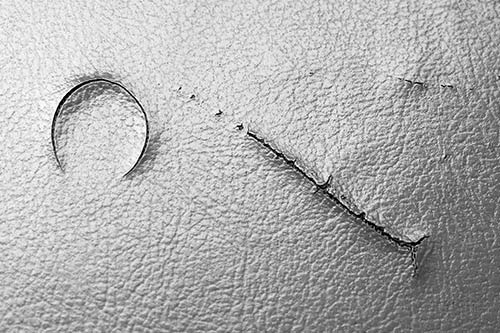
SCRATCHES: How to Repair Scratches to Leather Upholstery
Scratches are another form of common damage to leather upholstery, and repairing them is slightly different than repairing a crack or tear.
1… Sand the Upholstery Leather
Start by lightly sanding the scratch area with the finest grit sandpaper you can find, to smooth out the edges of the affected area. This will play a crucial role, as it provides microscopic grooves for the filler to adhere to.
2… Apply Filler to the Leather
Once you have finished lightly sanding the scratch area, you’ll want to use a tack cloth to remove any residual dust that was created during the process. Once you have removed any residual dust from the surface, you can then use a small amount of the leather filler to cover the scratches. Chances are your kit came with a little spatula that will help you to evenly spread out the filler material.
3… Dry and Sand Again
Give the filler material plenty of time to completely dry per the product instructions, then sand the area again. This time when you sand, your goal is to blend it or feather it in with the surrounding leather. Do not simply work along the edges, however, make sure that the entire repair area is smooth and consistent so that it matches the rest of the leather upholstery.
CRACKS: How to Repair Leather Upholstery that is Cracked
Treating cracks is very similar to treating scratches, just that cracks are generally a lot deeper and can often go completely through the material and some locations.
1… Fill Cracks
Just as you did with the scratches, you will want to lightly sand along the crack, to give the leather filler something to adhere to. Wipe down the surface to remove any residual dust, then using the spatula that came with the leather upholstery repair kit apply the filler directly to the crack.
2… Smooth Out
Do your best to ensure that the filler is as smooth and level as possible. Although you will be feathering in the filler material later in the process, the more effort that you put in at this point, the easier will be to sand later.
3… Allow to Dry
Make sure to give the filler plenty of time to dry, as noted in the product’s instructions. If you begin sanding the filler before it has dried completely, you may damage the repair and have to start over from the very beginning. Keep in mind that when working with cracks, the filler material is generally thicker than it is when working with scratches.
4… Sand the Newly Repaired Leather Upholstery
Once the filler has thoroughly dried then you can begin to lightly sand the repaired area and blend in seamlessly with the rest of the upholstery. Pay close attention to the edges, as you attempt to the feather in the filler material to create a seamless repair.
Finishing Off Repairs to Leather Upholstery
After you have completed repairs to leather upholstery on your chair or sofa, you may want to consider some of these optional finishing touches to enhance the appearance as well as the durability of your leather.
Color Matching
Select Colorant
Chances are, that although you selected a color-specific repair kit, that may not be a perfect match to the surrounding leather. If the repaired area appears a little bit lighter, you should use the colorant provided in the repair kit to help you match it to the original leather shade.
Apply Colorant
With the help of a sponge or applicator, apply the colorant in very thin layers allowing each layer to dry before the next. If the color still has not matched after the first application, then repeat the process until you have a seamless blend.
If the repairs are extensive, you can consider repainting the entire furniture, following our instructions for how to paint leather upholstery.
Applying Leather Conditioner
Choose Conditioner
Chances are if your leather has cracked, then it may not have been treated with the proper leather conditioner. Make sure to select a high-quality leather conditioner suitable for use on home furnishings. Galen Leather Co. have a great article on leather conditioning, if you need help with selecting appropriate leather conditioner. A good conditioner will help to protect and maintain that finish for years to come.
Using Leather Conditioner
Apply Conditioner: Using a clean, soft cloth, apply a small amount of conditioner to the upholstery, not just the repaired area, but all areas. Rub it in gently and evenly, focusing on dry or faded areas.
Buff and Protect: With the help of a clean cloth, buff the conditioner into the leather upholstery, making sure to wipe down the entire piece of upholstery. If you are working with a seat in a matching set, such as dining chairs, then chances are you will also want to use the conditioner on the remaining seats in the set, to ensure that every item in the set matches.
Final Tips for Beautiful Leather
Avoid Excessive Heat or Sunlight
After you have repaired and conditioned the leather upholstery on your furniture, make sure to avoid exposing it to direct sunlight or extreme heat. Although many kits provide UV-resistant materials, they can still fade faster than the original leather. If you have valuable leather chairs in a sunny location, consider putting up solar screens or UV-resistant acrylic panels (DIY double glazing) on your windows, to minimize sun damage.
Regular Maintenance
As always, it’s important to implement a regular maintenance routine when dealing with leather upholstery. This routine should include regular cleaning and conditioning every few months, as this will help to maintain the upholstery’s moisture levels, and prevent further scratches and cracking.
Enjoy your newly finished leather seats!
Author
-

Hey, I’m Sara, co-owner of NestKoo! I’m a graphic designer and professionally trained fine artist, with a Bachelor of Arts (Fine Art) majoring in Painting. I love being close to nature, sustainable living and bringing new life to old things. My specialty in NestKoo is DIY house painting, upholstery and furniture upcycling, where I bring my skills in fine art painting and contemporary design together into a practical home DIY context.
View all posts




